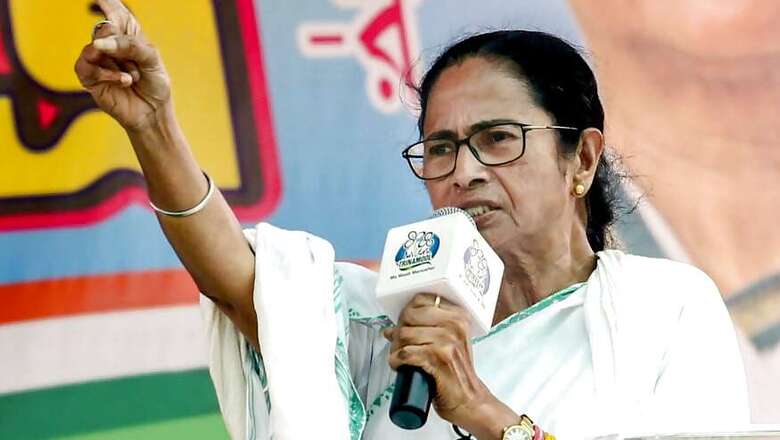
views
Congratulations to the winners. But all losers are not losers. We have to do a complete review and then we will share our views with you all. Let the counting process be completed fully and the VVPATs matched? Mamata Banerjee (@MamataOfficial) May 23, 2019
The state, which in many ways is the birthplace of Hindutva and from where its founder Shyama Prasad Mookherjee represented in the Parliament, has undoubtedly chosen the BJP as the prime opposition for the Trinamool Congress. The Left’s seeming decimation appears to confirm the Trinamool Congress’s worst fears -- that the traditional Left voter shifted to vote for the BJP in a bid to foil the Mamata Banejree bandwagon in the state.
With leads in key north Bengal seats like Alipurduar, Jalpaiguri and Cooch Behar along with south Bengal seats such as Krishnanagar and Sreerampur, the BJP’s formula of identity politics, aggressive Hindutva and caste equations appears to be paying off. Incidentally, Prime Minister Narendra Modi’s poll campaign on Mamata Banerjee’s turf didn't start from Kolkata, but north Bengal. Follow all the live updates of Lok Sabha Elections 2019 here: Lok Sabha Election Results 2019 LIVE: Vote Counting Starts at 8am as India Awaits Verdict of Modi vs Rahul ReferendumTop Developments:
1. The party’s lead is focused in north and south west areas of Bengal -- a state that had so far resisted it. The common factor in all of these seats is the BJP’s formula of identity (both caste and religious), the presence of RSS at the ground level and an opposition, vacuum.
2. Alipurduar saw the Revolutionary Socialist Party dominate from 1977 to 2014. However, with the weakening of the Left Front, the BJP has sensed an opportunity. The tribal-dominated seat has also seen the RSS create an expansive network of schools and grassroot organisations that have worked extensively with the rural poor. Add to this, an expansive network of schools and grassroot organisations of RSS that have worked extensively with the rural poor.
4. Although Mamata Banerjee has not openly expressed any prime ministerial ambitions, her party has projected her as the “leader that India needs” and she has been at the forefront of attempting to stitch an opposition alliance between different leaders ahead of the 2019 polls.
5. Another key factor will be the Dalit vote in the state. Historically, parties in the state — especially the Left — have underplayed caste as a political factor. This changed with Mamata Banerjee after the influential Matua Mahasangha lent her support openly in 2011 and paved the path for her decimation of the 34-year-rule of the Left. With the sect now split, after the death of its spiritual leader, into two factions - the results in at least 6 seats in south Bengal will be determined by this.
7. The Panchayat polls held in the state last year were marred with widespread violence and saw a number of seats go uncontested. This remains a key reason for anger against the TMC, even in pockets that traditionally supported the ruling party.
8. The Left, meanwhile, faces an existential threat. Virtually out of the electoral race, the party is looking to cling to the 2 seats it managed to retain in 2014 at Raiganj and Murshidabad.
10. Key contests in the state include the ones between BJP leader and union minister Babul Supriyo and TMC MP Moon Moon Sen, TMC-turned BJP leader Arjun Singh versus TMC MP Dinesh Trivedi, IPS officer turned BJP Bharati Ghosh against filmstar and TMC MP Deepak Adhikari .



















Comments
0 comment